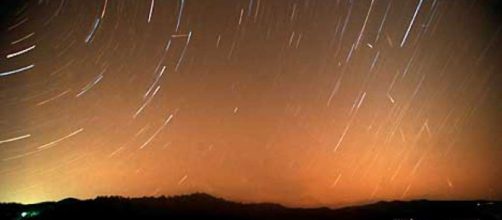The Leonids is an intense Meteor Shower that occurs every year around the month of November. The event dues its name to the point-constellation Leo-in the sky where the meteors appear to come from. This shower is associated with comet Tempel-Tuttle, which has an orbital period of 33 years. Though the shower is active throughout November, it peaks on 17 and 18, during which an estimated quantity of 20 meteors per hour can be seen at a speed of approximately 72 Km/s (44 miles/s). Meteors, or shooting stars, are easily observed during clear nights and when the moon is not shining in the night sky - this allows for better visibility.
Leonids meteor shower
The Leonids is known for its intense shower of fireballs, some of which have occurred in the past. One famous storm occurred in 1833 and it’s calculated that 100,000 meteors inundated the night sky in one single night. The point in the sky where these fireballs appear to radiate is in the direction of the constellation Leo. The meteor shower occurs when the earth on its orbit around the sun passes through the trail of meteoroids left by comet Temple-Tuttle. The Leonids rather than grains are pieces of rock 10 mm in diameter known for burning brightly in the night sky.
When and where to view the Leonids
This meteor shower occurs in November and its peak activity on the 17 and 18 of November, so to have a better view at the night spectacle it´s best to find the constellation Leo, (between Cancer and Virgo) in the night sky and the sickle-the lion's head.
The meteors should appear not directly into the radiant but scattered around it, once the particles enter the earth´s atmosphere. The time for optimum viewing is after midnight and an almost new moon will not interfere with the viewing. Finding a place away from city lights or other light disruptions may allow watching the fireballs.
Locating the Leonids
An easy way to locate Leo is to look for a backwards question mark in the sky, with Regulus at the bottom of the question mark. You can also use the big dipper to direct you to Leo. First, find the big dipper, which is a circumpolar constellation. Then use the stars Megrez and Phecda; a straight line starting on Megrez then Phecda point directly to the Sickle.
The radiant is exactly in the middle of this asterisk. On these nights it´s estimated that you´ll be able to spot 15 to 20 meteors if the weather conditions allow. The Leonids are known for producing fast bright fireballs in the sky.


